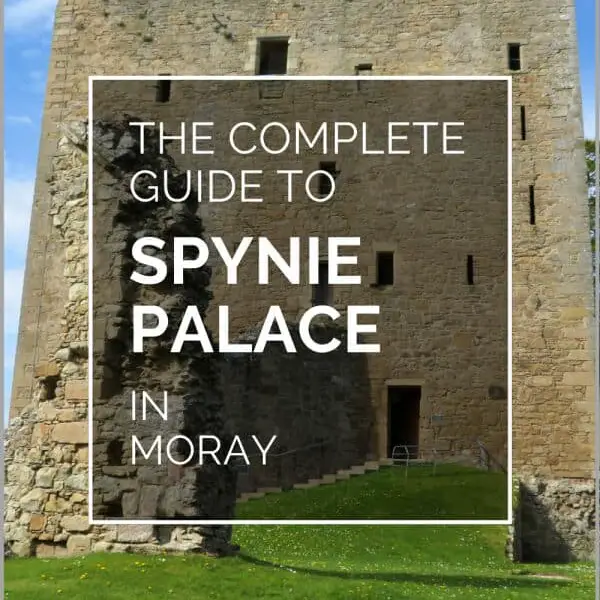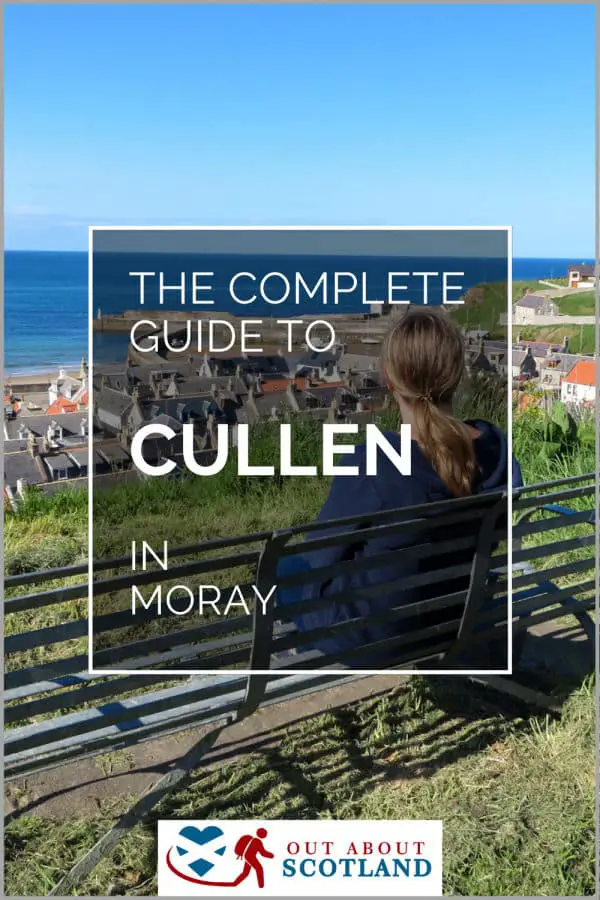In this article, we’ll journey into the heart of Scotland to explore the hidden gem that is Spynie Palace in the Grampian region. Spynie Palace, also known as Spynie Castle, was the fortified seat of the Bishops of Moray for 500 years, and despite its name, it has the appearance of a castle more than a palace.
One of the most notable features of Spynie Palace is David’s Tower, which is one of the largest tower houses in Scotland. This tower provides stunning views of the surrounding landscape, with the stunning Lossiemouth beach to the north and the historic town of Elgin to the south.
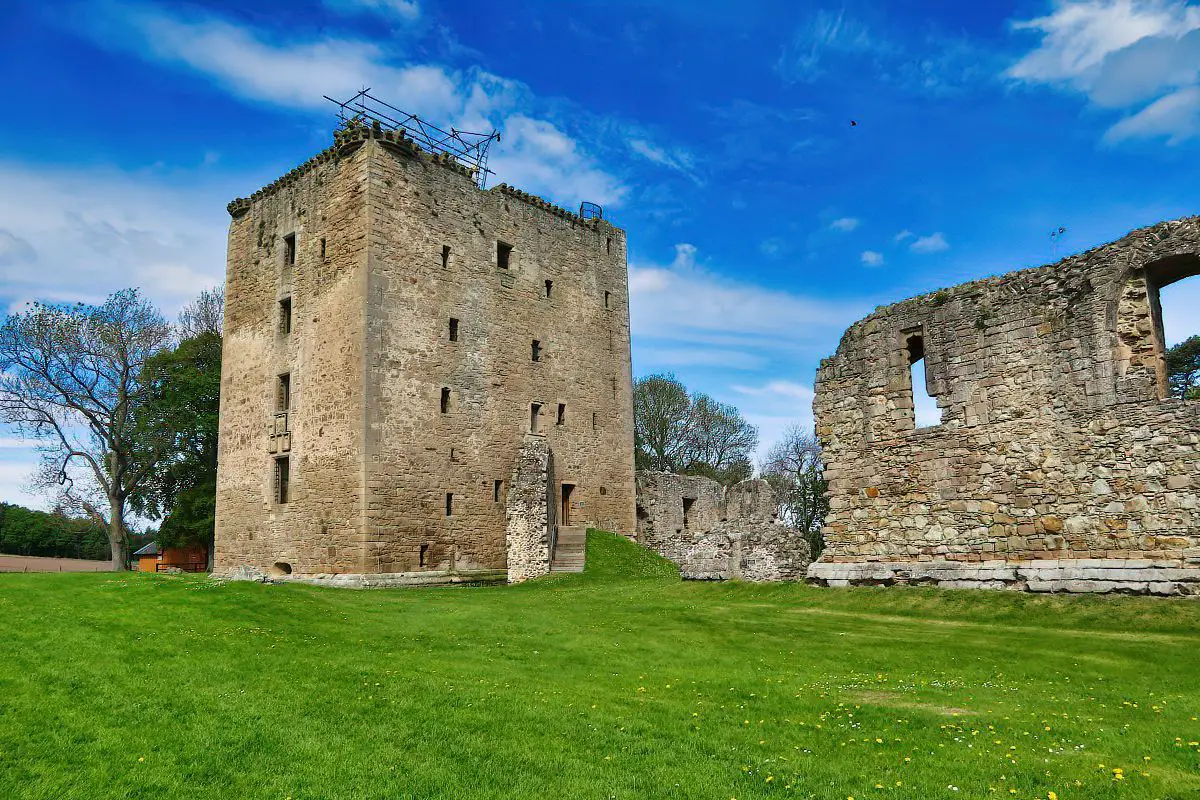
| Address: | Near Elgin, Moray, IV30 5QG |
| Opening Hours: | 1 May to 30 Sept: Sun & Mon, 9.30 am to 5.30 pm (last entry 5 pm) |
| Admission Price: | Adult (16-64yrs) £7.00 Concession (65yrs+ and unemployed) £5.50 Child (5-15yrs) £4.00 Family (1 adult, 2 children) £14.00 Family (2 adults, 2 children) £20.00 Family (2 adults, 3 children) £24.00 |
| Parking: | Free on-site car park |
| Contact: | 01343 546 358 |
| Facilities: | Toilets, disabled access, gift shop, picnic area, water refill |
| Photos: | Virtual Tour YouTube Video |
Overview
Spynie Palace is located in the heart of the lovely Moray countryside, where the imposing walls of this immense building served as the fortified home of the bishops of Moray for over 500 years. Today, the majority of the structure is in ruins, but it’s now in the care of Historic Environment Scotland which maintains the site for future generations to enjoy.
While it’s not exactly a palace – don’t go thinking you’re going to see anything similar to Edinburgh’s Holyrood Palace – it’s still an impressive building that’s worth exploring for an hour or two.
Although nearby Elgin Cathedral is renowned for its intricate stonework, the old bishop’s home at Spynie Palace is equally well-known for David’s Tower, a fortified square tower that’s the largest by volume in Scotland.
This historic attraction has a lot to offer visitors, with a gorgeous countryside setting that’s ideal for family day trips and a captivating collection of buildings that will be of interest to all ages.
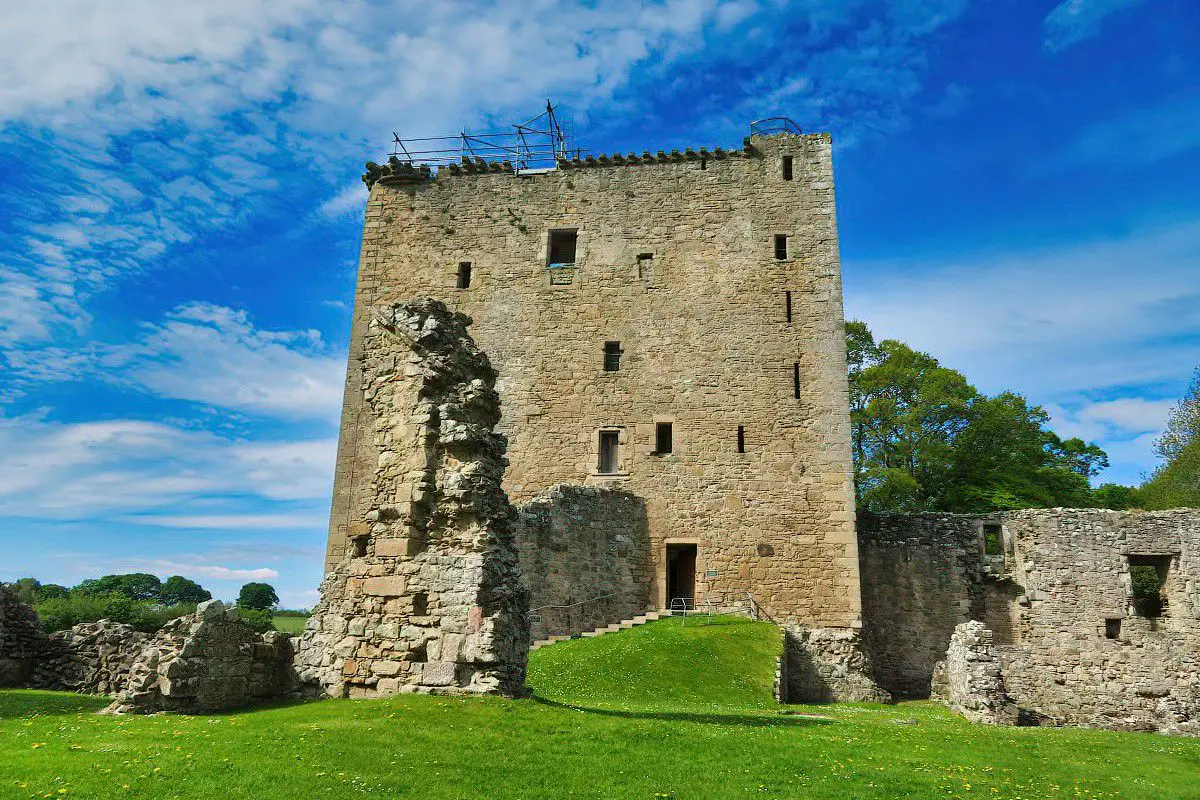
The Highlights
1: Spynie Palace is located 2 miles north of Elgin so you can also visit Elgin Cathedral in the same day, or if you’d prefer a walk Lossiemouth East Beach is only 4 miles to the north.
2: The Spynie Palace was the Episcopal residence of the Bishops of Moray for five centuries. You can explore the history and architecture of the palace, learning about its past and the people who lived there.
3: The picnic area on the grounds is a lovely place to take a packed lunch. It’s also surrounded by fields which are home to a variety of wildlife, and it’s not uncommon to spot ospreys, mute swans, and other birds which live around Loch Spynie.
Visiting Tips
1: Get a Historic Environment Scotland membership and save money on historic attractions like this. Membership allows free entry to all HES sites.
2: Get a Synie Palace/Elgin Cathedral joint entrance ticket and explore both attractions at a discount. You can find out all about Elgin Cathedral with this article: Complete Guide to Elgin Cathedral.
3: Spynie Palace is a historical site with a lot to explore, including the large tower house and its surrounding walls. Make sure to allocate enough time to fully appreciate its history and architecture. I suggest at least one hour at the site, or a full afternoon if you include Elgin Cathedral.
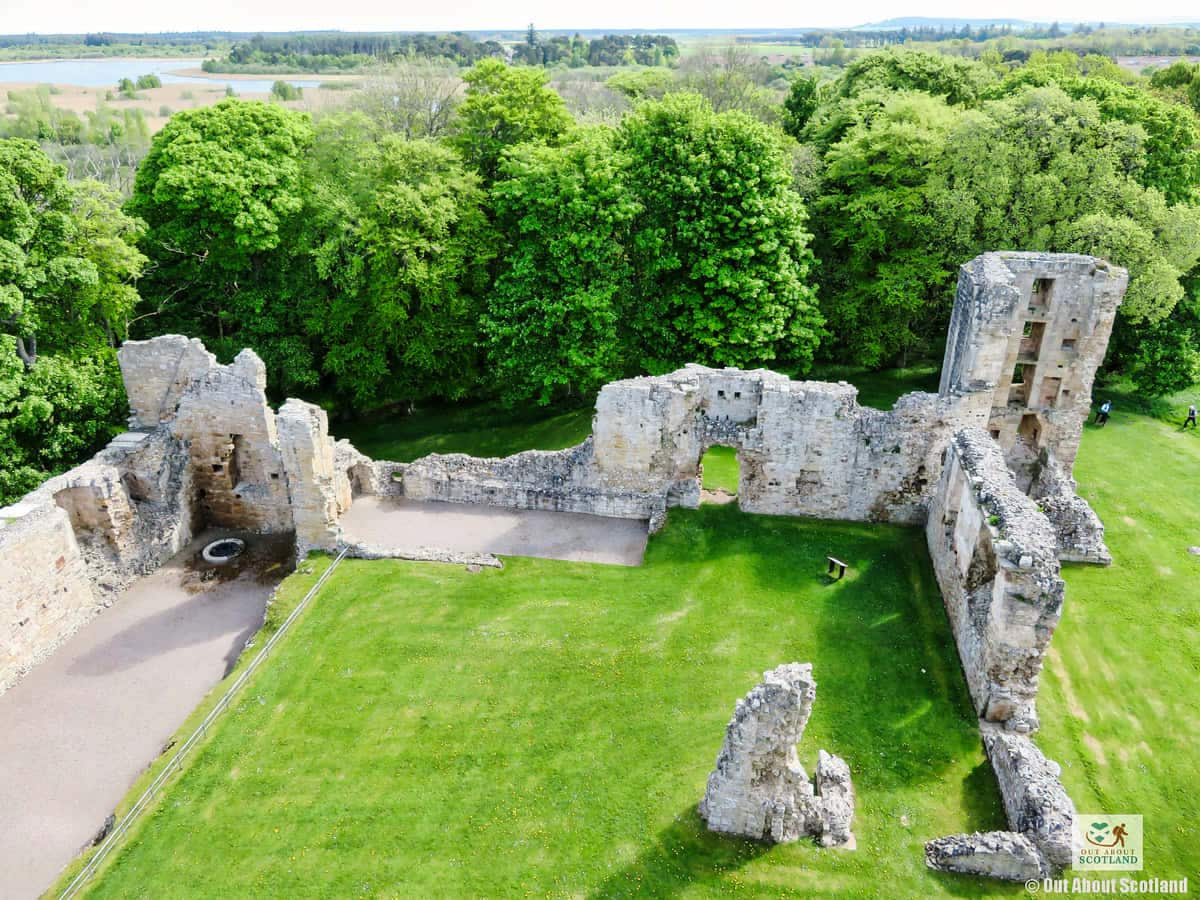
Tourist Information
Historic Environment Scotland has done a good job of installing information panels throughout the site so you can learn about each section of the palace as you make your way around, and there are plenty of nooks and crannies for children to explore inside David’s Tower.
There’s a winding spiral staircase that leads up to viewing platforms with stunning views across the Moray countryside, although if you don’t like heights you might want to stop at the lower viewing platform which lets you appreciate the size of David’s Tower without having to climb all the way to the top.
It’s difficult to comprehend how the tower would have looked in mediaeval times, but the column of ascending windows gives you an idea of where the floors would have been originally installed. Make no mistake, this would have been one of the most impressive buildings in Scotland back in its heyday.
Heading back outside, you can venture down into the basement depths where you’ll find a series of storerooms, after which you can go back up to the main courtyard to appreciate the grounds. The site was so large that it even had its own bowling green and tennis court at one time, so it’s perhaps no surprise to learn that it was often used as a guesthouse for royalty travelling through the region.
With regards to facilities, there are a couple of picnic benches to one side of the lawn area with toilets nearby, and you’ll find a small shop inside the ticket office where the HES guide will be able to answer any questions you might have. It was thanks to the guide that I found out that, for a small additional cost, you can extend your ticket to include Elgin Cathedral as well, which is something I definitely recommend you do if you have any interest in Scotland’s history.
If you don’t fancy heading into Elgin to see more historic sites, you’ll find a lovely beach 10 minutes to the north at Lossiemouth, as well as the stunning Roseisle Country Park 20 minutes to the west.
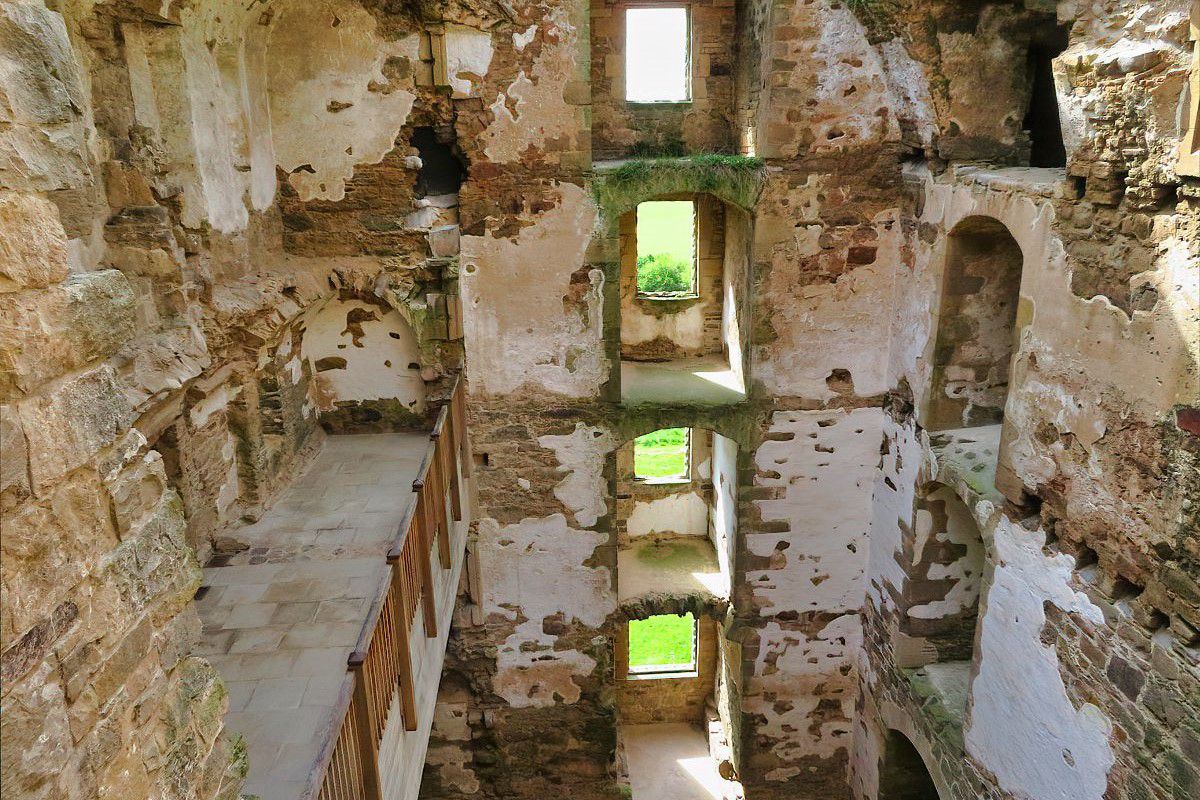
Things to Do
Explore the Buildings: Dive into the history of Spynie Palace, the largest surviving medieval bishop’s house in Scotland. Marvel at David’s Tower, a grand six-story tower with panoramic rooftop views, and learn about the palace’s history, from its establishment in the 12th century to its abandonment in the 17th century.
Elgin Cathedral: Visit Spynie Palace’s sister site in Elgin. The cathedral ruins are fascinating to walk around and provide a deeper understanding of the bishops who lived in Spynie Palace. A joint ticket can be purchased that allows entry into both sites at a discounted price.
Wildlife Spotting: The palace grounds and nearby RSPB Loch Spynie are home to a variety of wildlife. Take your binoculars (link to binocular reviews) and enjoy birdwatching with the chance to spot ospreys, mute swans and a variety of ducks. You might also see red squirrels in the woodlands and frogs and toads hiding in the reedbeds.
Photography: The scenic beauty of Spynie Palace and its surroundings make it a paradise for photographers. Capture the stunning architecture of the palace and the picturesque views from the top of David’s Tower.
Picnicking: Pack a picnic and enjoy your lunch in the peaceful surroundings of Spynie Palace. The lawns are a good place to let the kids run around while you relax in the peace and quiet of the grounds.
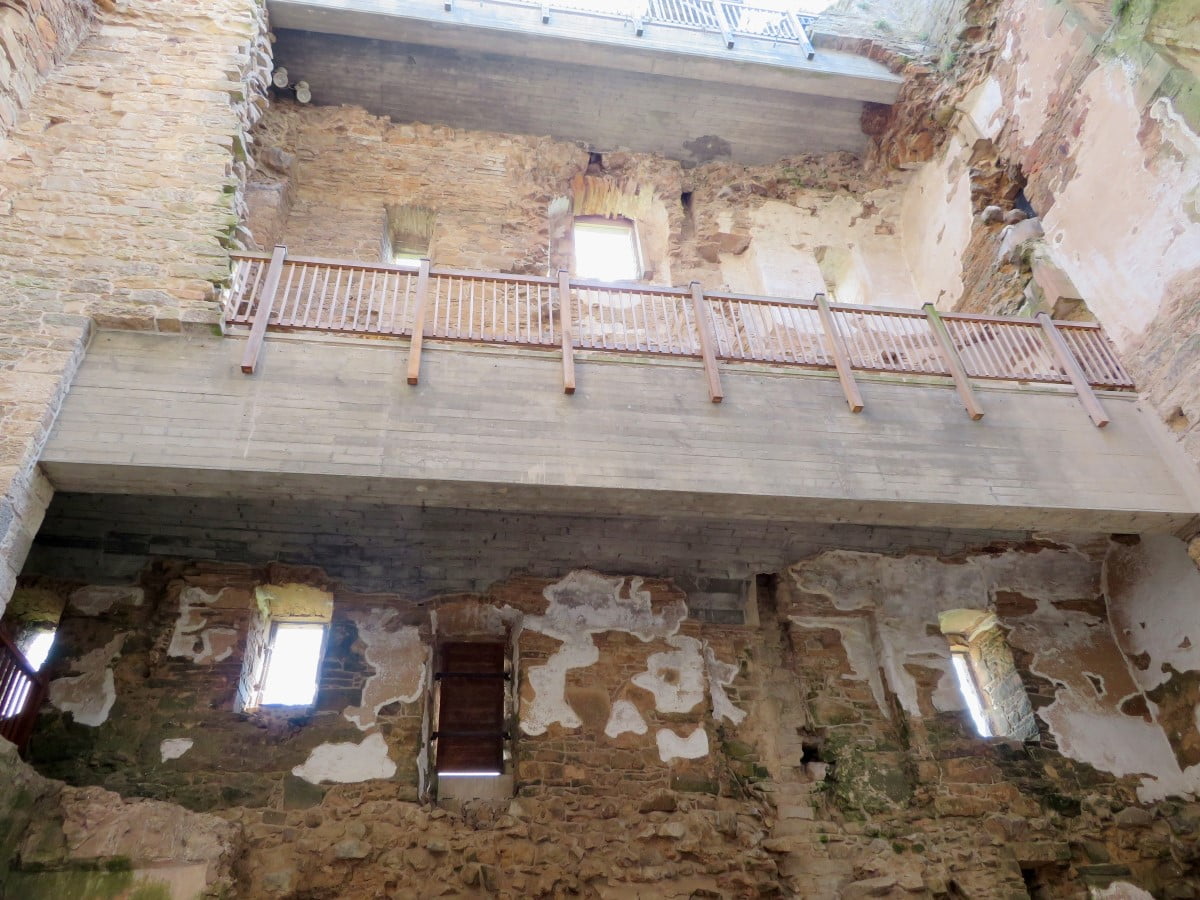
Things to Do Nearby
Lossiemouth East Beach. Lossiemouth IV30 8NQ. 10-minute drive.
An exceptionally long golden sand beach that faces the North Sea. Due to its windswept location it’s a popular place for water sports. It’s also a prime marine wildlife-spotting site thanks to the dolphins and seals that are frequently seen offshore.
Elgin Cathedral. King St, Elgin IV30 1HU. 7-minute drive.
A 13th-century cathedral that is mostly in ruin apart from two towers that contain original stone carvings and artefacts from the cathedral’s history. An octagonal chapter house is also almost entirely intact.
Duffus Castle. Elgin IV30 5RH. 11-minute drive.
Medieval ruins situated on raised earthworks dating from the 12th century. The castle was inhabited for nearly 500 years before falling into ruin. It is now managed by Historic Environment Scotland.
Moray Motor Museum. Bridge St, Elgin IV30 4DE. 6-minute drive.
This museum is housed in a converted grain mill in the centre of Elgin. There is a large collection of vehicles inside including vintage cars, motorbikes and model cars.
Elgin Museum. 1 High St, Elgin IV30 1EQ. 8-minute drive.
Elgin Museum serves to educate and inform visitors about the history of Elgin as well as the surrounding area. On display are a variety of exhibits of natural history, geology and archaeology.
Frequently Asked Questions
Are dogs allowed at Spynie Palace?
Dogs are allowed on the grounds but they must be kept on a lead. Dogs are not allowed inside the buildings.
Is there a car park at Spynie Palace?
There is a gravel car park at Spynie Palace, approximately 40 metres (130 feet) from the entrance.
Who lived in Spynie Palace?
Spynie Palace was built as a fortified residence for the bishops of Moray. It was originally constructed in the late 1100s but the oldest surviving buildings date from the 1300s.
Where is Spynie Palace?
Spynie Palace is located in the northeastern part of Scotland, near the town of Elgin in Moray. More specifically, it is situated about 2.5 miles (4 km) north of Elgin on the A941 road.

